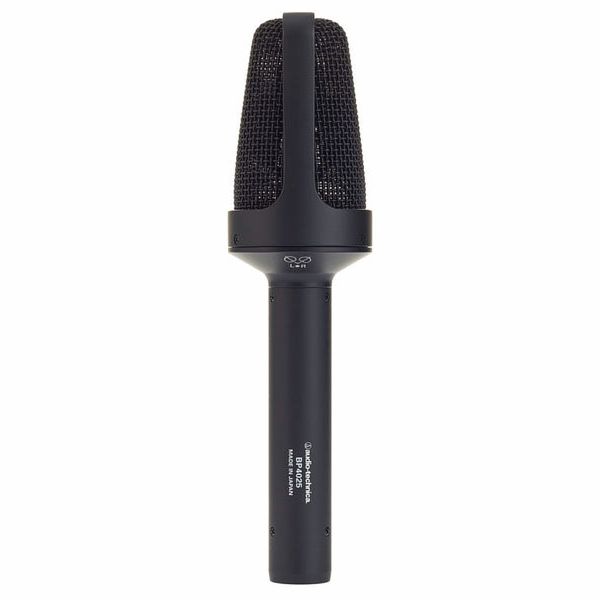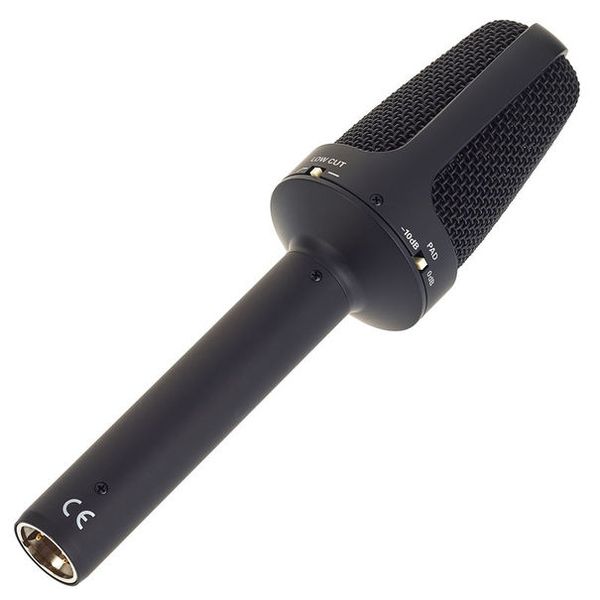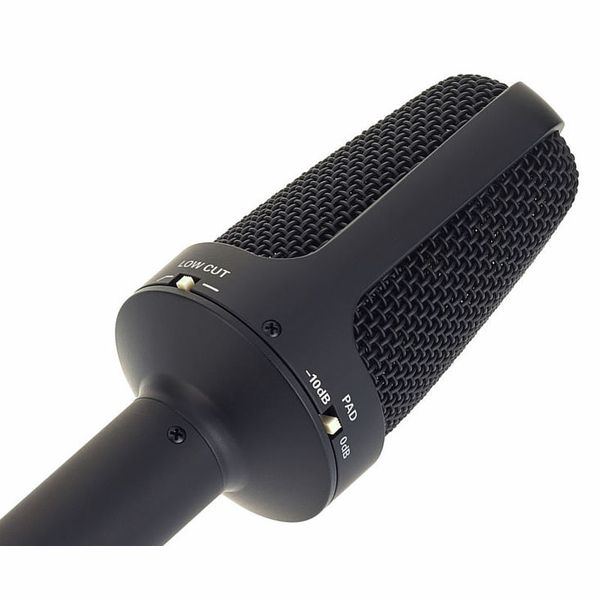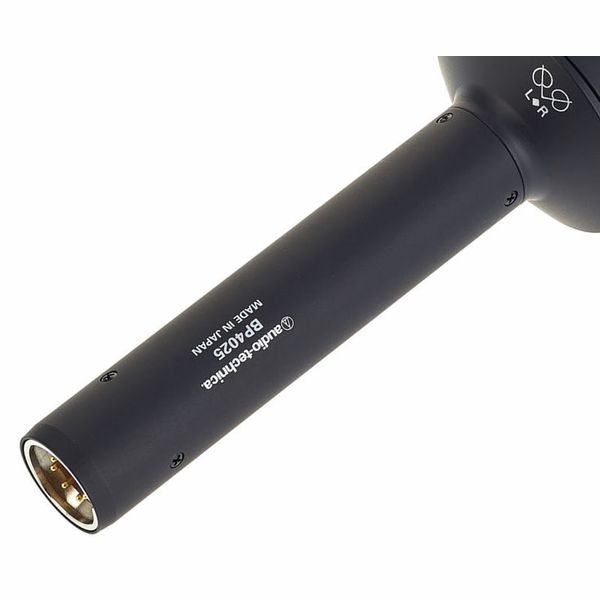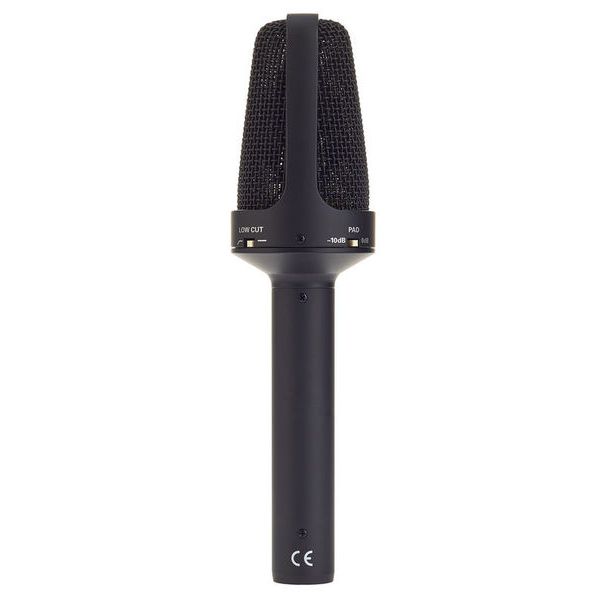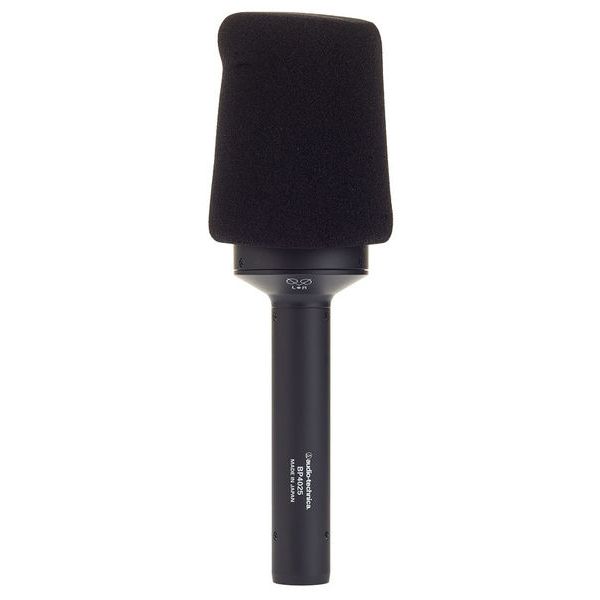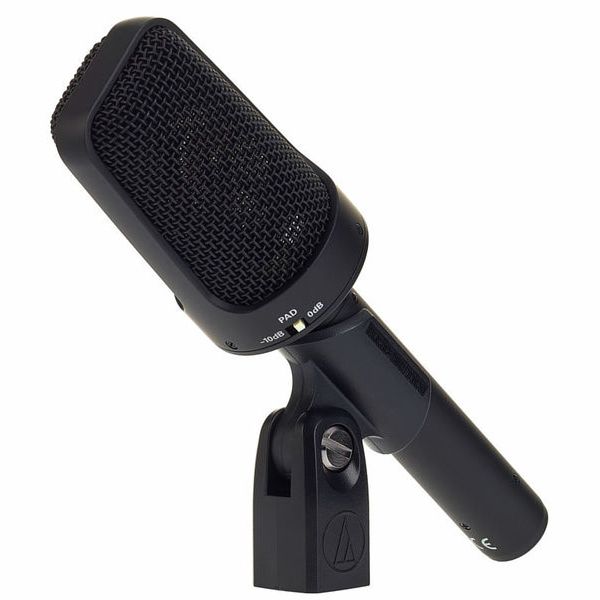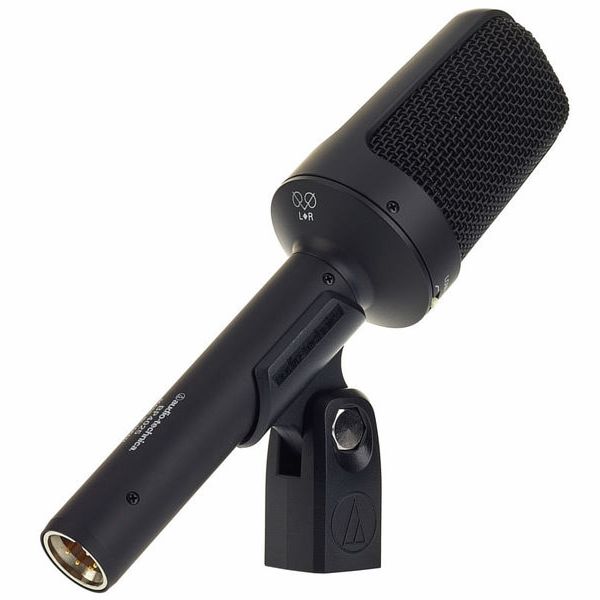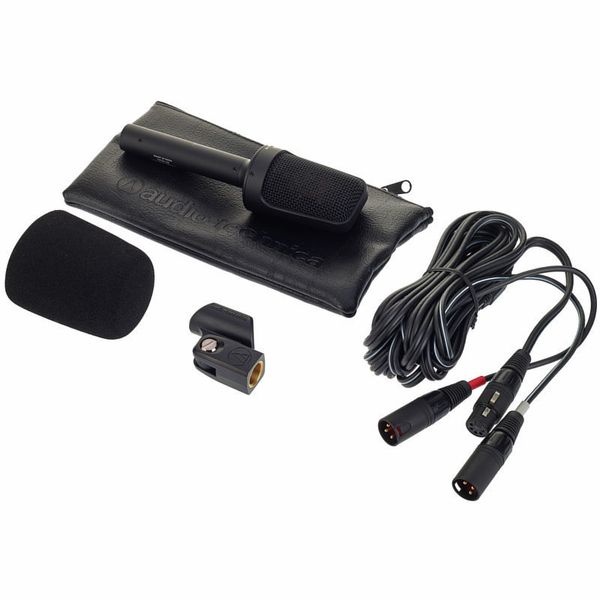I searched for a long time for information about the application of this microphone as an overhead (on a drum kit), but since there is none anywhere, I decided to take a chance and bought it. The information is oriented towards drummers with more compact sets and those who record with an XY overhead configuration. For example Carter Beauford (Dave Mathews Band) who use Shure VP 88 live for ages or the Kings of Leon drummer Ivan “Nathan” Followill - Rode NT4. And I've seen so many studio recordings with AEA R88 or Royer SF 12. Everybody is saying to me - with stereo mics there's no options, you need two separate mics in AB configuration. But what if I don't need those options?! My opinion is that when the drum set is "one up one down" (tom and floor tom) there is no logic to pann far left and far right each. My set doesn't look like that in reality, nor is it logical when I do a fill the listener from a mainly centered sound of the drums - snare drum and kick drum suddenly hears a tom at one end of the spectrum, and then abruptly at the other floor tom, with no connection between them. So I like XY, ORTF, DIN configurations because they present the more organic picture of small drum kits. Until now, I mainly used a pair of AE3000, Rode NT5, EV PL 37, AKG C 430 and lastly beyerdynamic TG I53, and for that purpose I made stereo bars and special attachments to the microphone stand, so that it is easier and faster to position the two microphones in the appropriate stereo configuration. But it always takes time, then measuring distances, which slows down and complicates the process of recording in the studio or live. And if you are in a tight space and have to move the mic stands after changing something on the drums, again and again, positioning overheads become a nightmare. With this microphone, all that is unnecessary. You only need to choose its position in space. I place it above the straight line between the center of the snare drum batter head and the center of the batter bass drum head, so that both capsules are 90 degree to that line. Thus, snare and kick are always centered and each of the tom and floor tom remains on the sides of the two capsules and falls naturally into the stereo picture. That way, my left and right crashes are far left and far right in the stereo picture, the ride and hi hat are almost symmetrically on either side of the center, and the toms are around the snare and bass drum forming a solid center dominated by the drums. This leaves more space in the song arrangement for backing vocals, synths and guitars without the drums on top of them. In terms of the sound itself, my drum set opened up in the entire frequency spectrum. Some people claim that the low frequencies in this mic dominate, but that's exactly what we're looking for when recording drums. The 3D feel and depth I felt with this mic I was missing before. To keep it from getting too long, I think I'll make a video on the subject in the near future, that anyone can find with the keywords "Audio-Technica BP4025 on drums".
All about this mic has been' said by others, so I'll only mention the cable provided in the box - it is good enough for field recordings, but in the studio I’d prefer cables with better shielding. Such stereo cable can be done from two channel snake cable.



